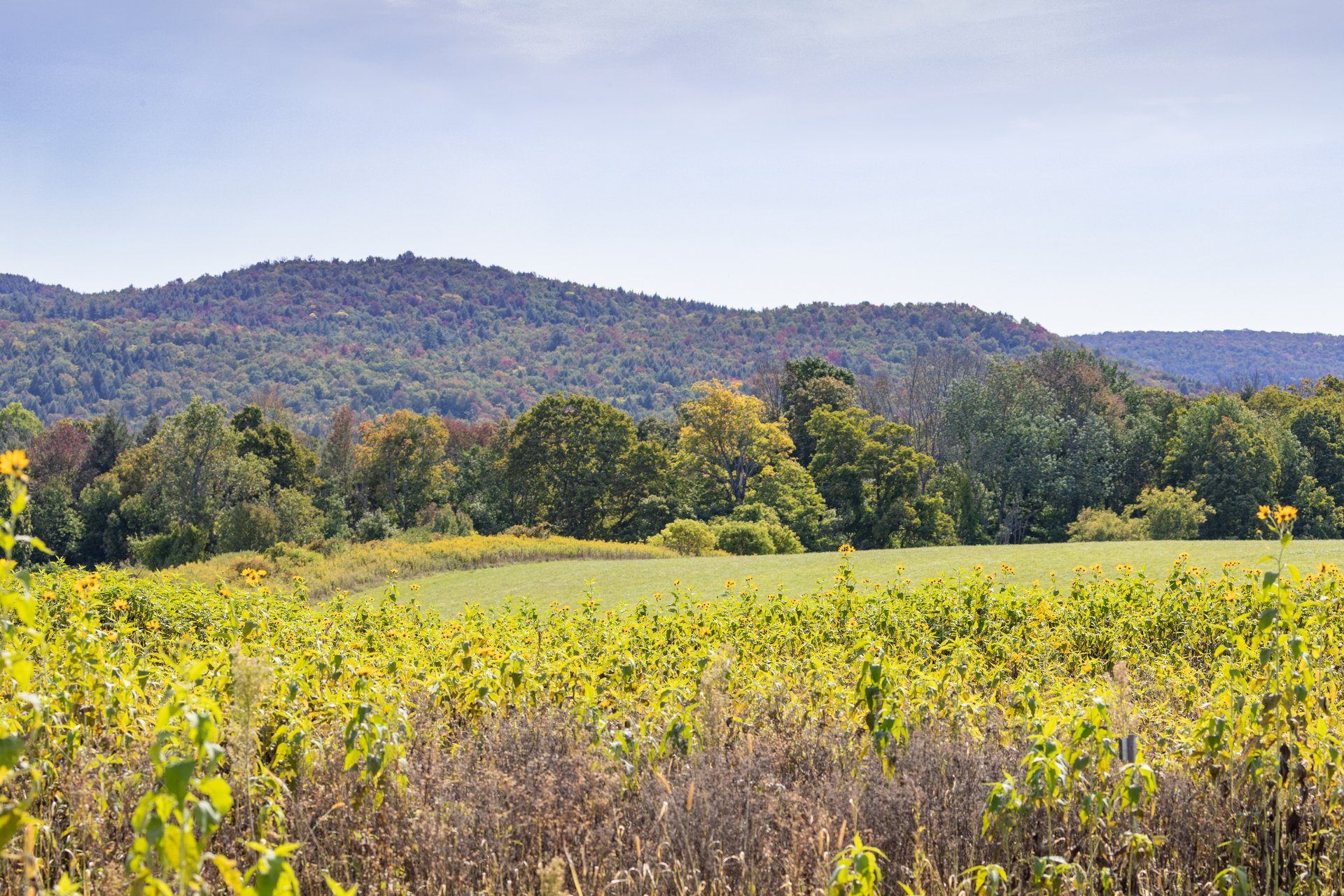Canoe Meadows Wildlife Sanctuary
Conservation Projects at Canoe Meadows
Canoe Meadows Wildlife Sanctuary is involved in three ongoing conservation projects: the cleanup of the Housatonic River, the restoration of Sackett Brook and the Grassland Enhancement Project.
Housatonic River Cleanup
Up through the 1970s, General Electric (GE) manufactured and serviced electrical transformers using a process that polluted the Housatonic River and surrounding lands with hundreds of tons of toxic and persistent PCB chemicals.
These toxins pose threats to human health and wildlife, and efforts to mitigate this environmental disaster have been ongoing since the 1980s. The "Rest of River" (an administrative term designating the river below Pittsfield) cleanup under this permit will take an estimated 13 years.
Mass Audubon has been closely engaged in the planning process for the cleanup for many years. Canoe Meadows is located at the head of the "Rest of River," where the methods for the cleanup will first be applied, and this sanctuary contains habitat that supports numerous rare and common species of plants and animals.
Learn more about the Housatonic River cleanup
Sackett Brook Restoration
Sackett Brook, with its headwaters in the October Mountain State Forest and Pittsfield Water Supply land, was a high quality, sand and gravel-bottomed coldwater stream, but its natural flow was interrupted for 80 years by the concrete Gravesleigh Pond Dam and bridge.
Along with our partners, Mass Audubon is working to restore the ecological integrity of Sackett Brook, an 8.5-mile-long tributary to the Housatonic River that includes an approximately 0.75-mile section that passes through Canoe Meadows Wildlife Sanctuary in the floodplain of the Housatonic.
Learn more about the Sackett Brook restoration
Grassland Enhancement Project
Throughout North America, grassland nesting birds are disappearing at an alarming rate. While conversion of open land to development and succession of fields to forest are the most visible contributors to the loss of grassland habitat, a less obvious factor is the loss of grasslands of ample size to accommodate the most imperiled species. Most grassland-nesting birds are area sensitive, meaning they will not nest in grasslands below a certain size. At Canoe Meadows, we’re stewarding land to be more attractive for grassland bird habitat.



